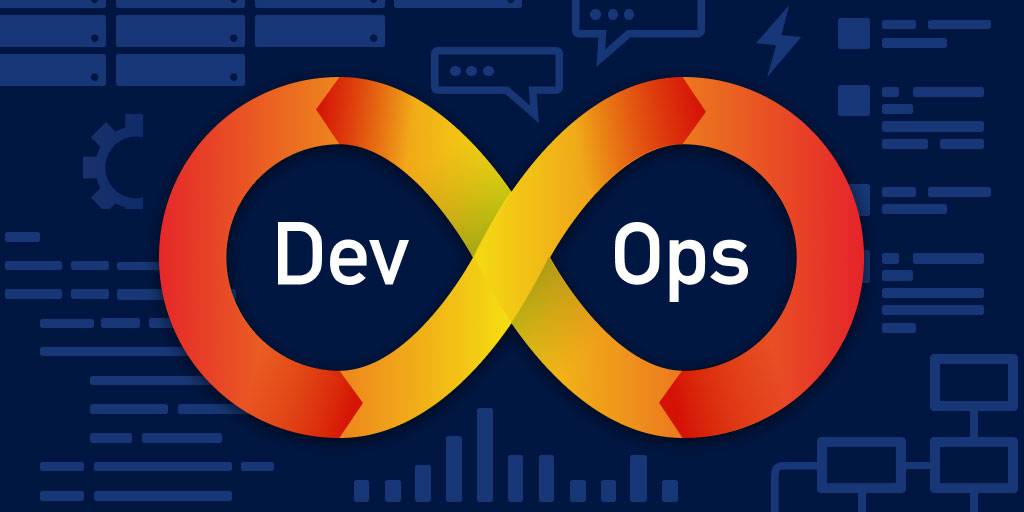Overview: DevOps in Edge Computing
Real-time processing nearer to data sources is made possible by DevOps in Edge Computing, which simplifies software deployment and maintenance among decentralized edge nodes. For reliable and effective deployments, it combines the concepts of agile development and operations with CI/CD pipelines, containerization, and orchestration technologies like Docker and Kubernetes. This strategy tackles issues such as resource constraints, network dependability, and security in edge environments.
What is Edge Computing?
By incorporating edge concepts into application development and deployment allows for operations nearer to data sources or end users. In contrast to conventional centralized cloud systems, Edge Computing ensures minimal latency, real-time responsiveness, and improved performance by processing data on localized devices or servers. CI/CD pipelines in DevOps adjust to effectively deliver updates across dispersed edge environments while handling version control and hardware variety.
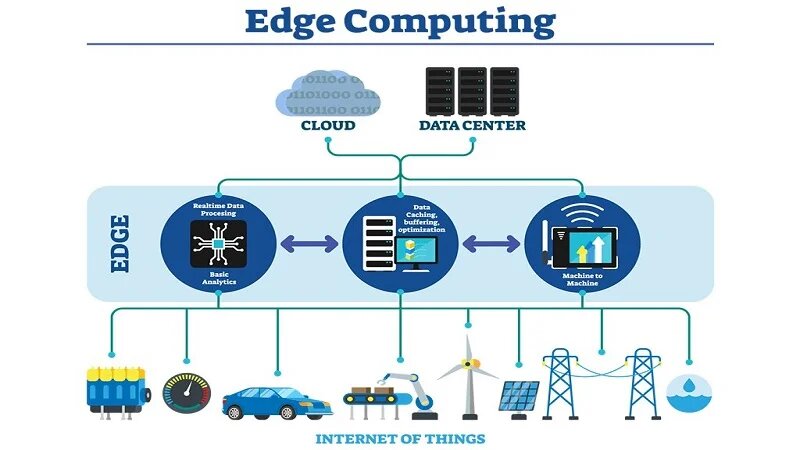
This method enhances user experiences and dependability and is perfect for AI, IoT, and latency-sensitive applications. Businesses may obtain quicker processing, lower bandwidth consumption, and scalable solutions designed for dispersed infrastructures by integrating DevOps in Edge Computing.
DevOps’s Function in Contemporary IT Infrastructure
By combining development and operations, DevOps simplifies modern IT architecture and enables quicker, more effective software delivery. Workflows are automated, collaboration is improved, and continuous integration, deployment, and monitoring are guaranteed. DevOps gives businesses the flexibility to adjust to changing needs while preserving reliable, superior IT services and infrastructure management by promoting scalability, agility, and resilience. Organizations can do the following by incorporating DevOps in Edge Computing:
- Accelerated Development Cycles: Edge applications are deployed more quickly.
- Increased Reliability: Automated and regular edge testing.
- Scalable Solutions: The ability to scale edge infrastructure without interruption.
The Intersection of DevOps and Edge Computing
Many issues that arise in distributed systems are resolved by the combination of DevOps and Edge Computing. Let’s look at a few main advantages:
1) Enhanced Deployment Agility
Because of the various hardware and software ecosystems, traditional deployments in edge environments are frequently complicated. By automating these procedures, DevOps techniques guarantee uniform deployment across all edge nodes.
2) Continuous Monitoring and Feedback
For edge systems to operate at their best, real-time monitoring is necessary. Teams can quickly resolve issues by using DevOps technologies like Prometheus, Grafana, and ELK stack to obtain meaningful insights into edge operations.
3) Seamless Scalability
Workloads on edge networks frequently fluctuate. By automating load balancing and resource allocation, DevOps approaches enable elastic scaling.
4) Robust Security Posture
Because edge settings are dispersed, they are particularly vulnerable to security risks. By using DevSecOps techniques, DevOps incorporates security into the development process and guarantees that edge apps are secure by design.
Challenges in Implementing DevOps in Edge Computing
Adopting DevOps in Edge Computing presents particular difficulties despite its many advantages:
a. Heterogeneous Environment
The hardware, operating systems, and network capabilities of edge devices might vary greatly. DevOps techniques must be extremely flexible to manage these varied contexts.
b. Latency in CI/CD Pipelines
Network latency may affect distributed edge nodes, reducing CI/CD pipeline efficiency. Pipelines must be designed by organizations with low-latency deployments in mind.
c. Data Privacy and Compliance
Because edge systems handle sensitive data, stringent adherence to data privacy laws is required. DevOps teams must put strong compliance frameworks in place to guarantee regulatory compliance.
d. Limited Computational Resources
In contrast to centralized data centers, edge devices frequently have limited processing capacity. For operations to be lightweight and resource-efficient, DevOps pipelines need to be improved.
Use Cases of DevOps in Edge Computing
How businesses develop, implement, and maintain apps is changing as a result of the confluence of DevOps in Edge Computing. Businesses may achieve quicker deployments, real-time responsiveness, and more scalability by fusing the dispersed processing power of Edge Computing with the collaborative efficiency of DevOps. This creative strategy ensures minimal latency, better resource usage, and high-performance systems while enabling the industry to adjust to changing needs.
Edge Computing with DevOps collaboration opens up new avenues for providing reliable, future-ready solutions, from the Internet of Things and smart cities to driverless cars and healthcare. Discover how a smarter, more connected world is being made possible by this dynamic synergy that is changing IT infrastructures.
1. IoT Device Management
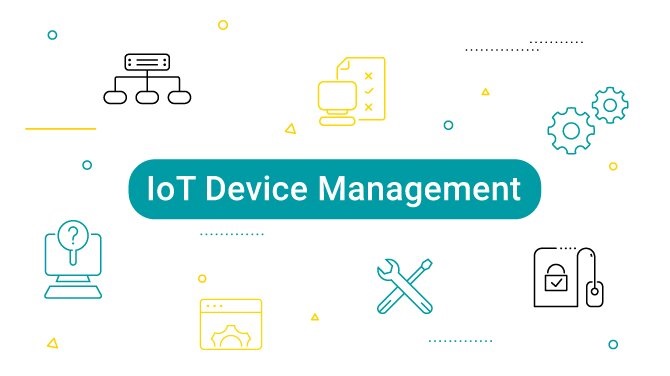
DevOps makes it easier to distribute and maintain software upgrades on edge-operating IoT devices. Pipelines for Continuous Integration/Continuous Deployment (CI/CD) simplify upgrades to guarantee that devices are safe and operational while minimizing downtime.
2. Smart Cities and Infrastructure
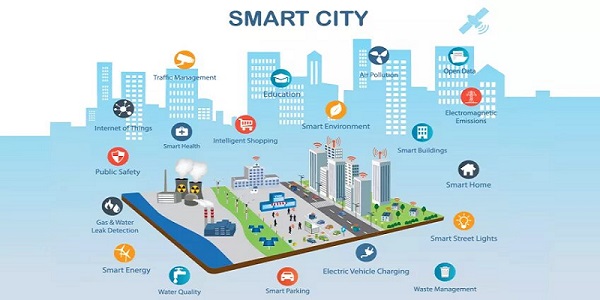
Applications such as energy systems, public safety, and traffic management in smart cities heavily rely on Edge Computing. DevOps improves urban efficiency by facilitating the quick deployment of edge apps guaranteeing real-time data and processing over-dispersed networks.
3. Healthcare
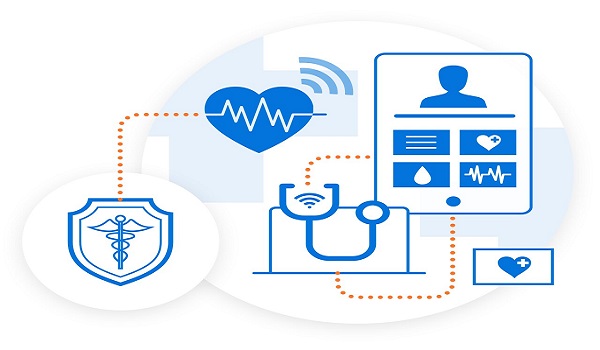
For faster reaction times, hospitals’ edge devices locally handle vital patient data. DevOps improves security and dependability by automating program changes and guaranteeing adherence to healthcare laws.
Best Practices for Integrating DevOps in Edge Computing
Organizations should adhere to these best practices to get beyond these obstacles and optimize the advantages of DevOps in Edge Computing:
A) Adopt a Modular Architecture
Use microservices in your edge application design to provide autonomous deployment, scaling, and administration.
B) Leverage Containerization
Standardize application deployment across diverse edge settings by utilizing containerization technologies such as Docker and Kubernetes.
C) Implement Robust Monitoring
Install monitoring programs that enable proactive problem-solving by offering real-time insights into edge processes.
D) Focus on Security by Design
To protect edge systems from possible attacks, incorporate security measures into the DevOps pipeline.
E) Optimize CI/CD for Edge
To reduce bandwidth consumption, create CI/CD pipelines with edge-specific optimizations like differential deployments and incremental updates.
Future Trends: DevOps in Edge Computing
Emerging technologies and changing business requirements are entwined with the future of DevOps in Edge Computing. Among the major trends are:
1. Serverless Computing at the Edge
In Edge Computing, serverless architectures are becoming more popular because they free developers from worrying about infrastructure administration so they can concentrate on application logic.
2. 5G Integration
By offering fast, low-latency connection, 5G networks’ broad deployment will expand Edge Computing’s potential. DevOps will be essential to the deployment and administration of edge apps provided by 5G.
3. Edge-Specific DevOps Tools
Specialized DevOps solutions designed for dispersed and resource-constrained contexts are being developed in response to the growth of Edge Computing.
Conclusion
DevOps in Edge Computing is a revolutionary method for creating and deploying contemporary applications. Organizations may provide low-latency, high-performance solutions that are suited to real-time demands by combining the decentralized nature of Edge Computing with the agility of DevOps. This collaboration guarantees quicker updates and robust systems, improves scalability, and maximizes resource use.
To remain competitive, organizations must use DevOps at the edge as IoT, AI, and data-driven applications expand. Organizations may achieve smooth integration, strong automation, and effective operations by adopting this paradigm, opening the door for creative, future-ready IT infrastructures.
Read more:


